To provide the best experience, we use technologies like cookies to store and/or access device information.
Consenting to these technologies will allow us to process data such as browsing behaviour or unique IDs on this site. Not consenting or withdrawing consent, may adversely affect certain features and functions.
The technical storage or access is strictly necessary for the legitimate purpose of enabling the use of a specific service explicitly requested by the subscriber or user, or for the sole purpose of carrying out the transmission of a communication over an electronic communications network.
The technical storage or access is necessary for the legitimate purpose of storing preferences that are not requested by the subscriber or user.
The technical storage or access that is used exclusively for statistical purposes.
The technical storage or access that is used exclusively for anonymous statistical purposes. Without a subpoena, voluntary compliance on the part of your Internet Service Provider, or additional records from a third party, information stored or retrieved for this purpose alone cannot usually be used to identify you.
The technical storage or access is required to create user profiles to send advertising, or to track the user on a website or across several websites for similar marketing purposes.





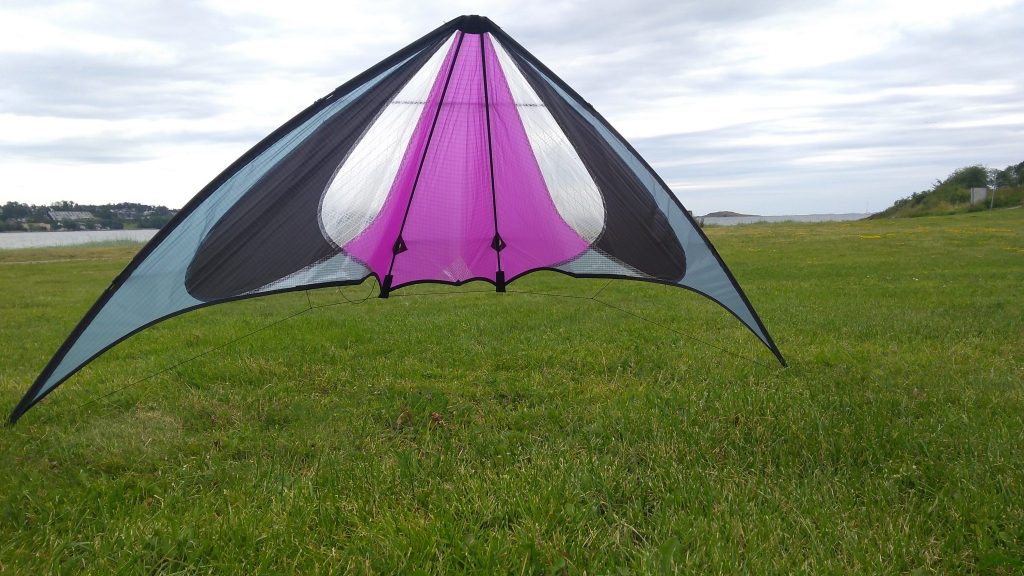
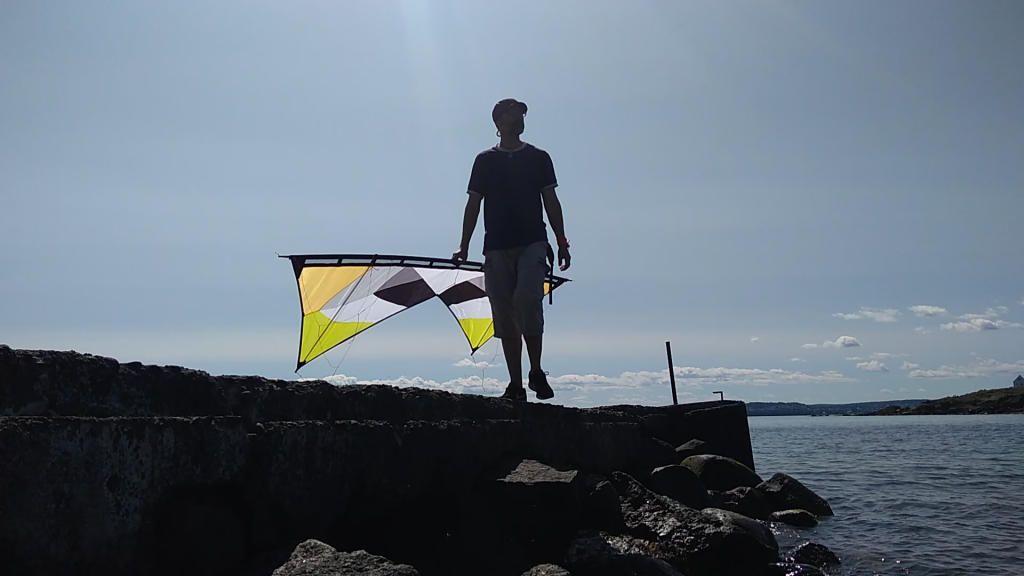

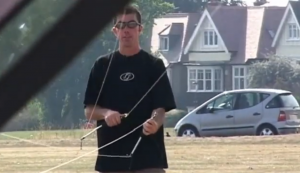

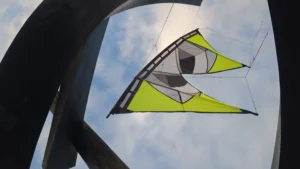
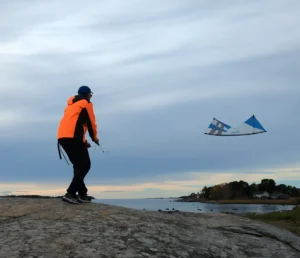
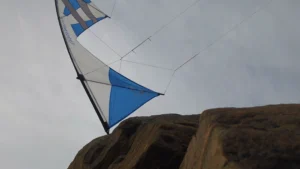

4 responses
I like the axels at 1:54 and 2:00 and similar movements where the kite floats around and is close to horizontal with a temporary twist going through the sail. They remind of some swimming sea animal – Perhaps a manta ray or (the edge of) a jellyfish?
You’re spot on! It definitely reminds me of an ‘escaping manta ray’!
Axels (quad axels) have been frustrating to me, so I have focused more on other stuff instead. However now (since recently) I think that I can perform them in one way with a decent successrate. In light wind I let the kite glide downwards while moving forwards (LE parallel with the horizon) with maximum brakes applied. Then I don’t suddenly ”stab the water melon” backwards (as suggested) with one hand to execute the axel – I instead more gently ”start a mini lawn mover” with one hand (though at a funny arm angle to start a lawn mover). The result (using my Rev B-series std) is not a graceful manta ray turn axel, more like a sudden ”boiling” popcorn “explosion” axel – it somewhat jumps up in a bubbly way.
I’m not aware of any names of various axel movement types, so I guess a manta ray axel and a popcorn axel could work well for distinguishing these two types.
Axels….. When you set them up correctly, it takes such a small input to pull them off. Especially (off course) in lower winds.
All it takes is just a quick flick of the wrist – emphasising on the break line – and then allow plenty of slack to the flying lines allowing for that full rotation. Sometimes you need to move downwind as well if the kite decides to “float” away from you while rotating.